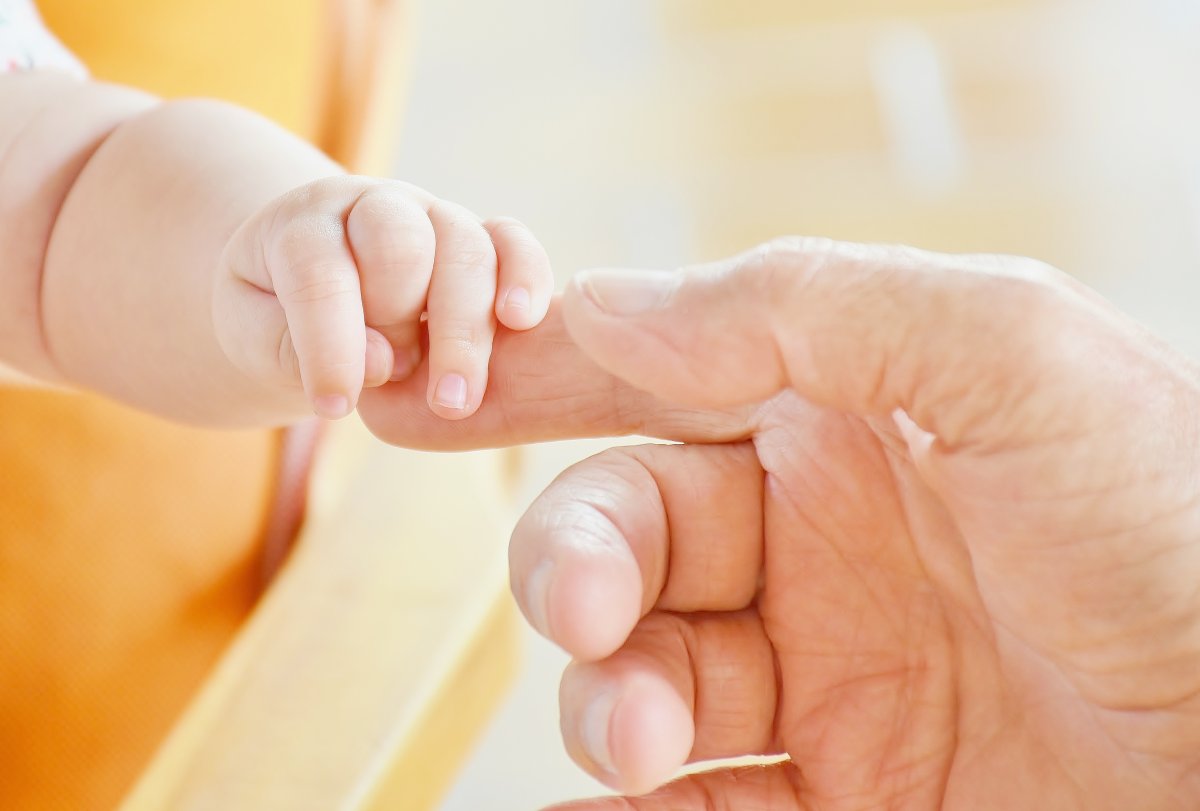In 2016, a baby born in the United States made headlines around the world. It was first conceived using a controversial process that gave it nominally three genetic parents: the little boy had inherited most of his DNA from his mother and father, but also had a tiny amount donated by a third person.
Most of the DNA is located in the cell nucleus. But the small donor DNA was in the baby’s mitochondria, the cell organelles that provide energy for the cells. Children inherit mitochondrial DNA (mtDNA) exclusively from their mothers. However, the mother of the boy, who was born in 2016, carried faulty genes for a deadly disease in her energy factories. To prevent the child from inheriting these, the mother’s mitochondria were exchanged for donated mitochondria from a healthy donor. So he came to a third genetic parent. The strategy seemed to work, the little one was born healthy.
Meanwhile, clinics in other countries, including the UK, Greece and Ukraine, are offering mitochondrial replacement therapy (MRI for mitochondrial replacement therapy). It was legalized in Australia last year. In the meantime, MRI is no longer only used to prevent diseases, but also in the case of unexplained infertility, where an unfavorable protein mix in the cell plasma of the egg cells is suspected to be the cause. Since MRI basically does not only replace the mitochondria of the maternal egg cell, but the entire cell plasma, the doctors hope that the method will increase the chances of fertilization.
Surprising development in MRI babies
But the procedure is apparently not always successful. MIT Technology Review is aware of two cases of what is known as reversion in MRI babies. This means that they suddenly have a relatively large number of mitochondrial genes from their biological mother, which should not actually be present in these quantities. Instead of less than one percent, the proportion in the two embryos was 50 and 72 percent.
Fortunately, both children were born via artificial insemination, so their mothers did not have genes for mitochondrial diseases. However, scientists estimate that about one in five babies born using the three-parent technique could inherit a high proportion of their mothers’ mitochondrial genes. If this were to happen in babies whose mothers have disease-causing mutations, the children could still end up contracting the potentially deadly conditions.
The findings are leading some clinics to reconsider using the technology in mitochondrial disease, at least until they understand why the reversion occurs. “These mitochondrial diseases have devastating consequences,” says Björn Heindryckx of the University of Ghent in Belgium, who has been researching the treatment for years. “We shouldn’t continue with this.” The Kiev embryologist Pavlo Mazur, who knows one of the cases firsthand, seconded: “It’s dangerous, this procedure [für mitochondriale Erkrankungen] to offer.”
Three-parent technique to avoid disease
Mitochondrial diseases are rare, affecting approximately one in 4,300 people in the United States. In Germany the rate is 1 in 5,000. Researchers are still trying to figure out how many of these are directly caused by mutations in mtDNA. However, they can have serious consequences, including blindness, anemia, heart problems and deafness. Some are even deadly.
To avoid this, two mitochondrial replacement therapies have been developed. In the first method, the nuclei are taken from two eggs, one from the future mother and one from a healthy donor. Then the nucleus of the mother’s egg cell with the mother’s DNA is inserted into the already enucleated egg cell of the donor, which still contains the cytoplasm with the mitochondria. The resulting combined egg is then fertilized with sperm from the father. In the second variant, one egg cell each is fertilized by the mother and donor and only then is the nucleus exchanged.
No one knows exactly how many babies have been born through MRI. Several clinics have described a handful of cases, mostly at conferences. In 2017, an official study started at the Newcastle Fertility Center in Great Britain. Since then, the clinic has received regulatory approval to perform MRIs on 30 couples at risk of passing on mitochondrial disease to their children. This is shown by published minutes from the Human Fertilization & Embryology Authority (HFEA) approval committee in the UK. However, the Newcastle team is tight-lipped about the study and avoids sharing the results with other researchers in the field.
